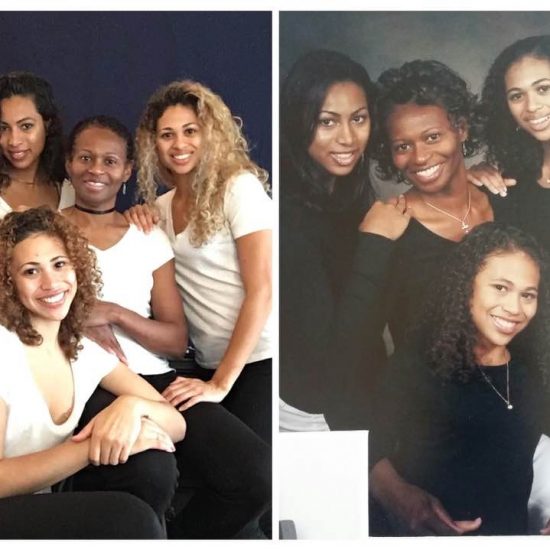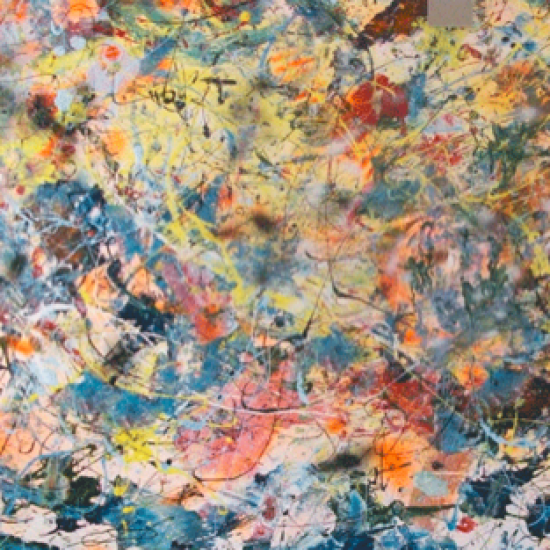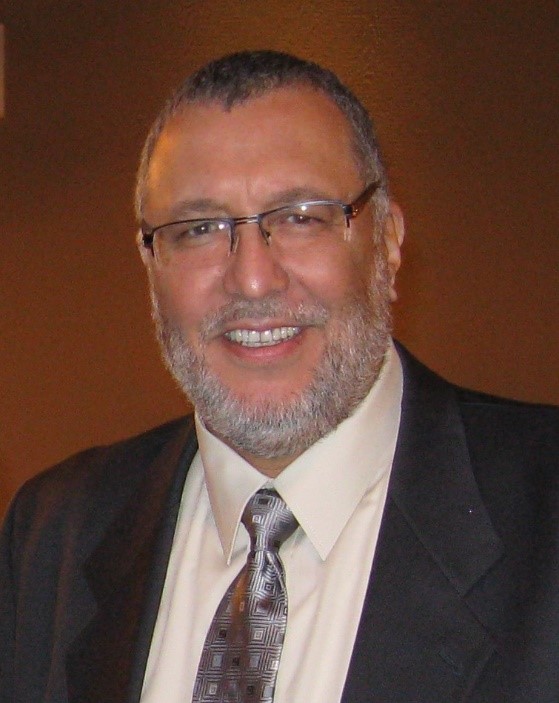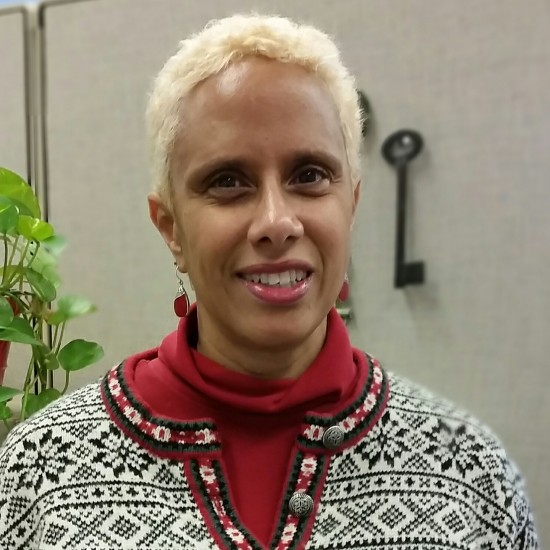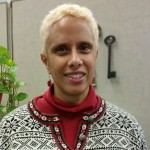Dear Mom,
Although it is always a good laugh remembering the stories you told us when people thought you were our nanny because we looked so different as children, we are so lucky to have you as our mother! Now that we are older, we want to say thank you! We will always appreciate the moments and lessons that have helped us find acceptance with ourselves.
You never relaxed our hair! We remember a few times as children when we asked to relax our hair. We thought that if we relaxed our hair it would always be straight and we could then look like the other girls in school. But, we are glad you did not agree and taught us there was no need for that because natural beauty is most important. You helped us learn to love and take care of our curls and that our curls were just another unique part of who we are.
You taught us that we are all one race, human. When faced with adversity in regards to race, you taught us how to we stand up for ourselves! It does not matter who you are, respect and love for all cultures/ethnicities is what brings us all together, a life and world world without boundaries.
You pushed us to challenge societal stereotypes of gender and race. You have always been an independent and powerful women for us to look up to. You didn’t let anyone hold you back from achieving your goals and you taught us the same. You taught us not put limits on what we can achieve because of our race or gender and you have always been our biggest supporter.
You didn’t allow us just to rely on our looks, but you encouraged use to be intelligent beings too. We are not objects or exotic trophies and just because we are shades in the middle of white and black, it does not make us anything more or less than the others. When you received the compliment “Oh such pretty girls” you never failed to let people know we are not defined by our “prettiness” for we are intelligent too!
When you speak of our background, you remind us to proud of all of our ethnicities. We are proud to have ancestors who came over on the Mayflower and a Polish last name. After an ancestry test and research we are proud to claim that we have origins from multiple regions in Africa and are of Native American descent. All of these fascinating stories are fun to learn and know that we are our own melting pot of amazing races!
We thank you mom for raising us and teaching us how to love every side of us. To be leaders so that we can inspire others and for holding us accountable to carrying ourselves as respectable young ladies in our community. We thank you for being that role model in our lives to alway look up and that we aspire to be. We love you and thank you mom!
Megan, Amanda, and Alexis <3
Check out more of our stories at www.ruleofthr3e.com
_____________________________________________________________________________________________________
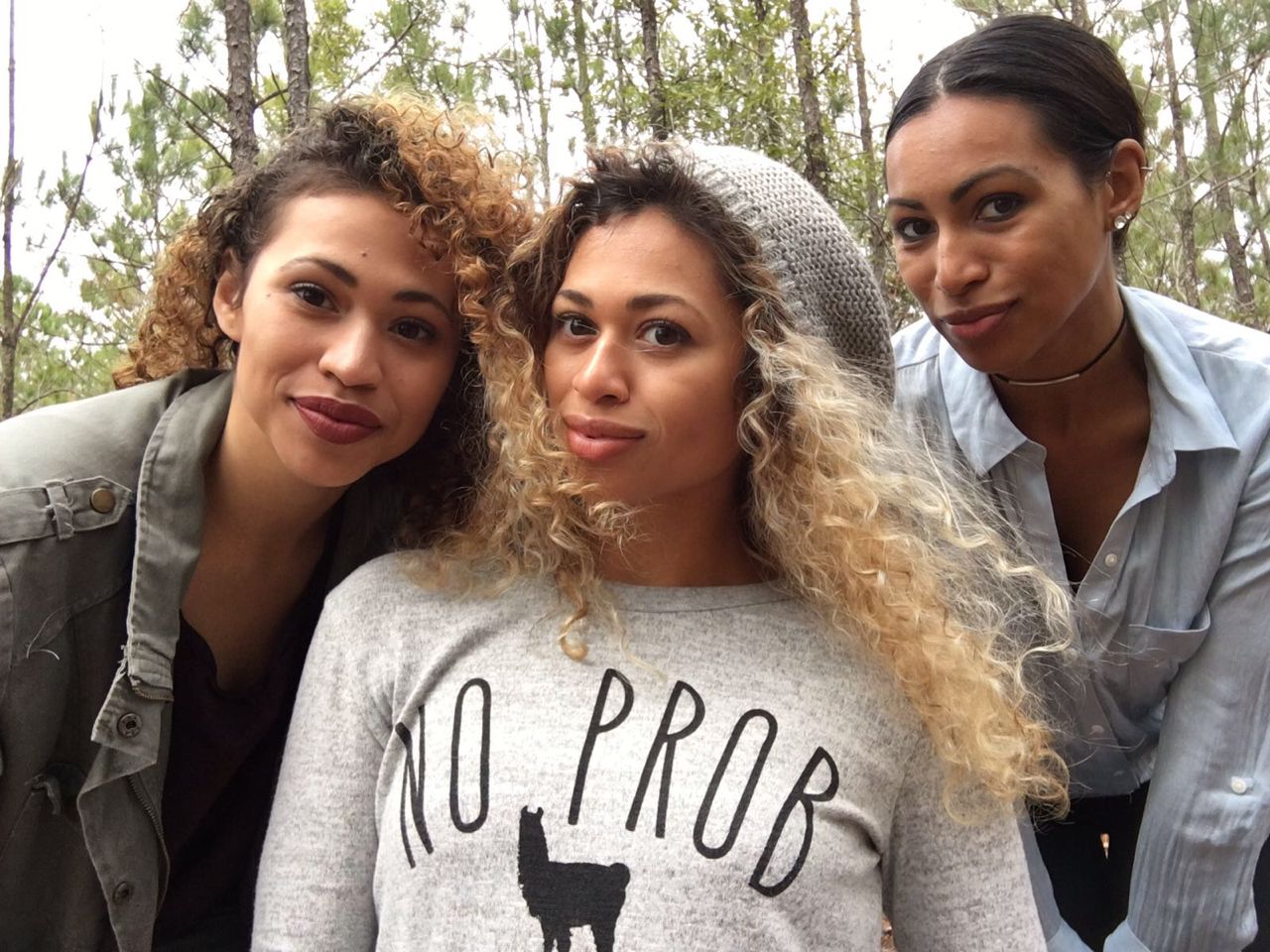 Megan Rudnik received her B.S. in International Business with a minor in Spanish and her MBA from Winthrop University. Since graduating, Megan spent 2 years in the eace Corp, serving in Panama. She also recently completed 4 months in China teaching English.
Megan Rudnik received her B.S. in International Business with a minor in Spanish and her MBA from Winthrop University. Since graduating, Megan spent 2 years in the eace Corp, serving in Panama. She also recently completed 4 months in China teaching English.
Amanda Rudnik received her B.S. in Business Administration with a Concentration in Accounting from The Citadel. While at The Citadel, Amanda played all four years on the Citadel volleyball while serving in various leadership roles in the South Carolina Corp of Cadet. Amanda now currently works for a large company and pursues her dream of modeling.
Alexis Rudnik is currently a student at Winthrop University, studying Middle Level Education Math and Social Studies. Alexis was a member of the 2016 Winthrop Volleyball team and is currently coaching volleyball at the club level.
We all grew up in Minnesota for 10 years before moving to our current residence in South Carolina. Our mother is African American and Native American and from Alabama. Our father is Polish and German and originally from Minnesota.

